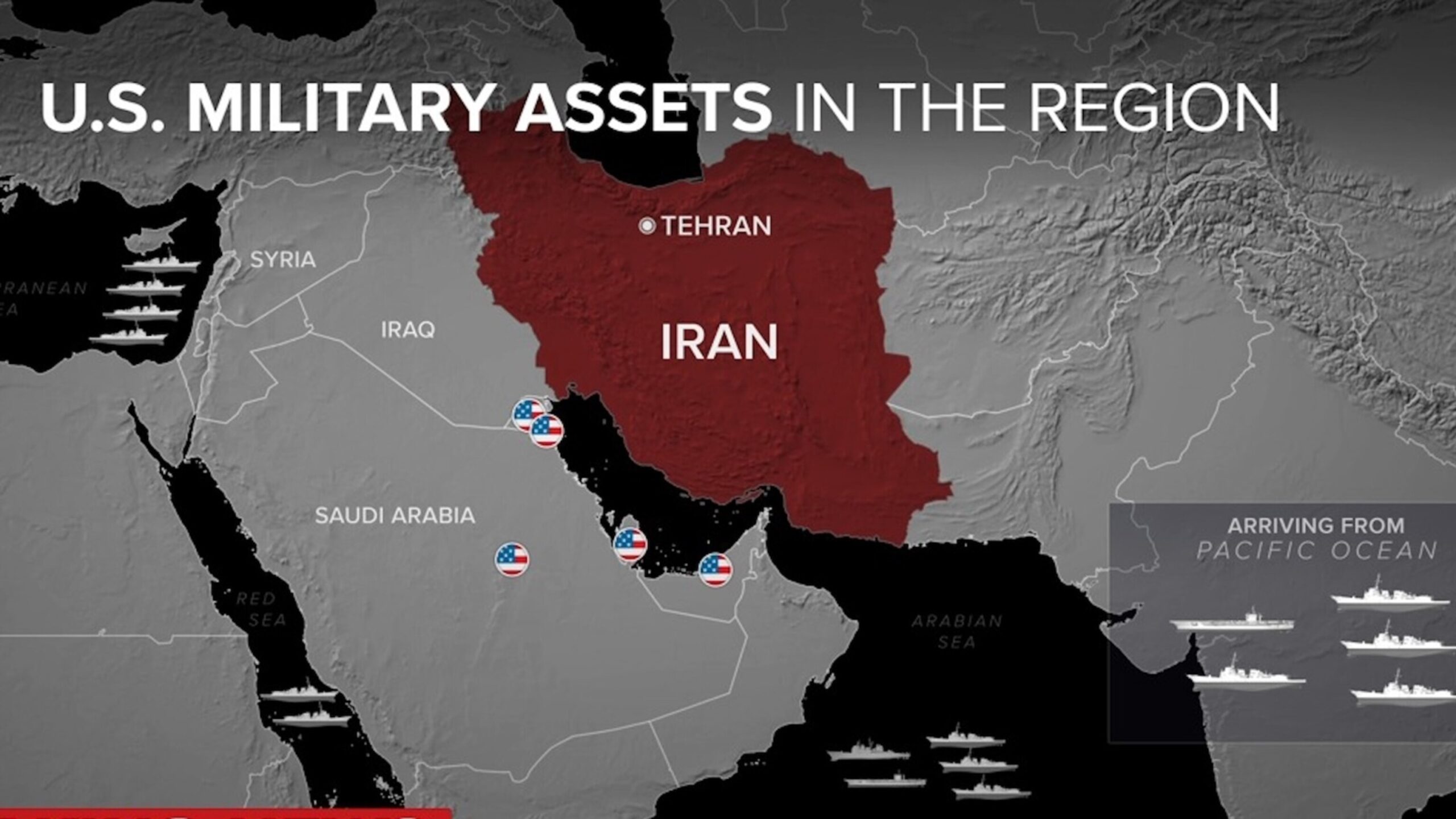
Ahmedabad, June 12, 2025 — In a devastating turn of events, Air India Flight 171, a Boeing 787 Dreamliner en route to London Gatwick, crashed shortly after takeoff from Sardar Vallabhbhai Patel International Airport in Ahmedabad. The crash occurred within moments of takeoff, striking a student hostel near B.J. Medical College, killing nearly all 242 passengers on board and many on the ground.
This marks one of the deadliest plane crashes in Indian aviation history, raising questions about airline safety, aircraft systems, and emergency response mechanisms.
What Happened: Seconds After Takeoff
CCTV footage shows the aircraft lifting off, but failing to gain altitude. For nearly 17 seconds, the aircraft remained low, its landing gear still deployed. Suddenly, it spiraled downward and crashed into the urban zone, causing an inferno that engulfed the area.
Emergency teams rushed to the site, but the destruction was overwhelming. According to officials, 241 passengers and crew members died. Around 30 to 40 people on the ground are also believed to have perished, with exact numbers still being verified.
The Lone Survivor: A Miracle Amid Tragedy
Among the debris and horror, emerged a story of survival. A British national of Indian origin, seated near the emergency exit, managed to escape seconds before flames consumed the wreckage. He sustained injuries but walked away from the scene—his photo is now a haunting reminder of both tragedy and hope.
Unfortunately, his brother, seated next to him, did not survive.
What Caused the Crash? Black Boxes Recovered
Both the flight data recorder and cockpit voice recorder have been recovered and sent for analysis. Experts believe that mechanical failure—possibly related to engine thrust or flap systems—may have led to the crash.
The Directorate General of Civil Aviation (DGCA), Boeing, GE Aerospace, and global aviation authorities like the FAA and NTSB are jointly investigating the accident.
As a precaution, DGCA has ordered immediate inspections of all Boeing 787 aircraft in India, especially those powered by GE GEnx engines.
Not the First for Ahmedabad: A History of Aviation Disasters
This is not Ahmedabad’s first major air tragedy.
In 1988, Indian Airlines Flight 113 crashed while approaching the Ahmedabad airport, killing 133 of 135 passengers. It was then the second deadliest air crash in India.
While smaller incidents like bird hits and runway overruns have occurred in recent years, none have been as catastrophic as Flight 171.
Global Concern Over Boeing 787 Safety
This crash marks the first fatal accident involving a Boeing 787 Dreamliner since its introduction, raising alarm bells worldwide. The aviation world is still recovering from the 737 MAX controversies, and now, Boeing faces renewed scrutiny over the Dreamliner series.
Industry experts are calling for stricter global audits, enhanced pilot training, and more transparent maintenance checks.
Compensation, Reactions & Support
The Gujarat Government has announced an initial compensation of ₹10 lakh to families of Indian victims. Air India’s chairman has stated that the airline will “do everything possible to support the families and investigate the root cause.”
Grief has spread across the globe, with condolences pouring in from world leaders and aviation experts. The accident has once again highlighted the urgent need for consistent aviation safety reforms.
Final Words: Accountability Is Not Optional
The Ahmedabad airplane crash is a national tragedy—and a global wake-up call. For the families affected, no compensation or explanation will undo the loss. But for aviation authorities, manufacturers, and airlines, it is a moment to act—not just react.









💐